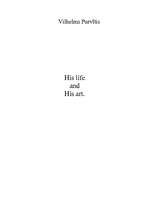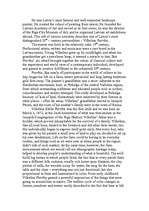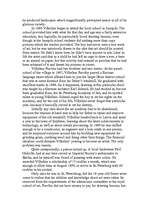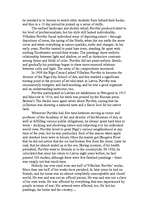He was Latvia’s most famous and well-respected landscape painter. He created the school of painting from nature. He founded the Latvian Academy of Art and served as its first rector, he was the director of the Riga City Museum of Art, and he organized Latvian art exhibitions abroad. This raft of various activities describes one of Latvia’s most distinguished 20th – century personalities – Vilhelms Purvītis.
The master was born in the relatively calm 19th century. Professional artists, writers and musicians were a rare breed in the Latvian nation. Young Vilhelms grew up by candlelight, and when his grandmother got a petroleum lamp, it seemed a miracle to him. But Purvītis’ art, which brought together the values of classical culture and the experience and world view of a contemporary individual, developed and gained in creative fulfillment in the urbanized 20th century.
Purvītis, like nearly all participants in the world of culture in his day, began his life on a farm, where patriarchal and long lasting traditions geld firm sway. The painter’s grandfather was a strict adherent to the Hernhutian movement, born in Piebalga of the central Vidzeme region, from which outstanding craftsmen and educated people such as scribes, schoolteachers and writers emerged. The crafts developed in Piebalga because of lack of land. Homesteads were inherited by their fortune in other places – often far away. Vilhelms’ grandfather moved to Jaunpils Parish, and the roots of his mother’s family were in the town of Rauna.
Vilhelms Kārlis Purvītis was the first child and he was born on March 3, 1872, in the Jauži homestead of what was then known as the Jaunpils Congregation of the Riga District.
…
šajā darbā ir par Vilhelmu Purvīti




